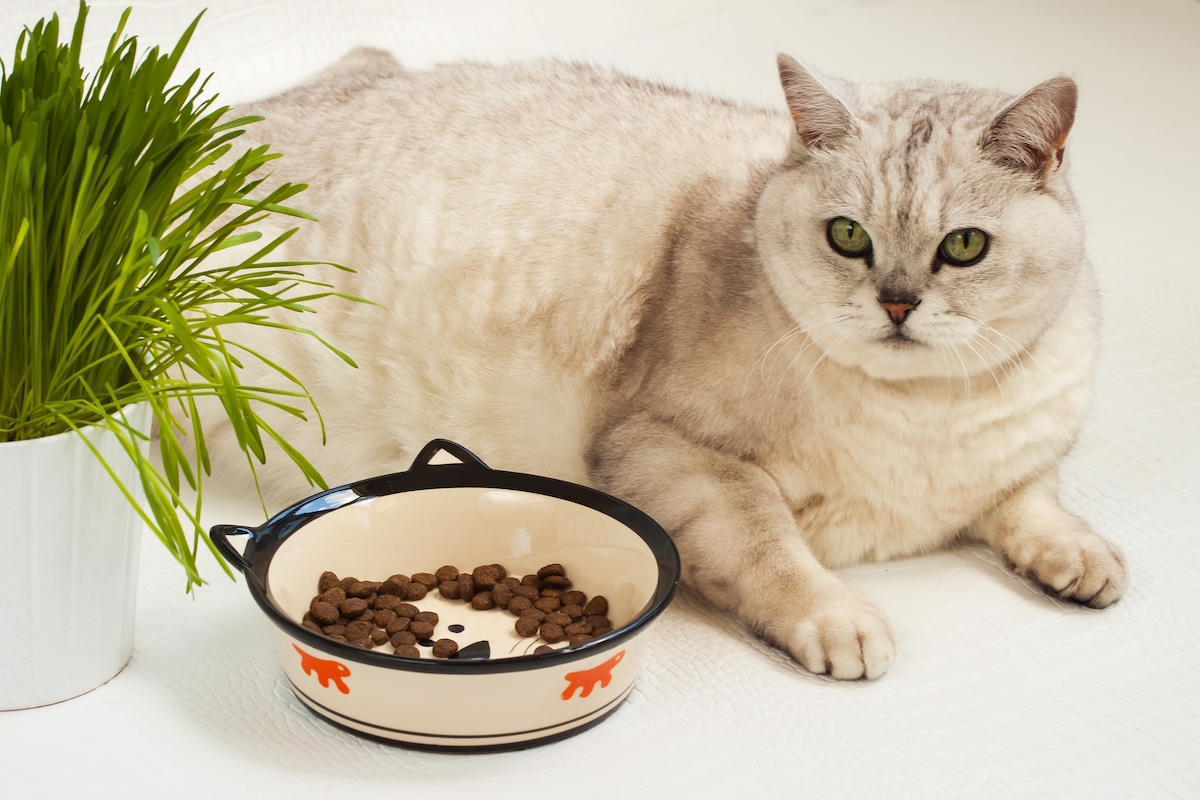Call us! Although fleas may only seem like a nuisance to your pup, these pests multiply quickly, bite frequently, and cause itchy bumps and welts on your dog’s skin, leading them to over-scratch, and cause infections and serious health issues.
When checking for fleas look for flea dirt (aka flea feces) in your dog’s coat by briskly combing or rubbing a section of your dog’s back while your dog is sitting or lying on a sheet of paper. If your dog has fleas, these black specs of “flea dirt” will fall onto the paper. Transfer the black flecks to a damp piece of paper, and in a short time they will appear red or rust-color – the result of your dog’s blood passed in the flea’s waste matter.
Here’s what to do next:
1. Once you recognize the signs of fleas on your dog, contact your veterinarian right away to find the right treatment plan. Your vet will examine and evaluate your dog for any flea-related health issues and will recommend a specific treatment plan for your dog. Your vet will also provide treatment for the other pets in your household that may have been exposed to fleas. Various treatment methods include shampoos, sprays, powders, and topical medication applied to your dog’s neck. Make sure you mention all the products you regularly use on your pet or in your home because certain treatments combined can be toxic to your pet.
2. Next, treat your home to kill anywhere the fleas may have burrowed or laid eggs. Killing the fleas on your dog is just one part of the problem. Fully ridding your home of fleas can take up to 3 to 4 months (the time it takes for fleas to go through all of its life stages). Here are a few steps to take to eradicate fleas in your home:
-
-
- Start by washing all of your bedding (including your dogs) in hot, soapy water and dry in a hot dryer. Check what material your dog’s bed is made of – some synthetic beds may melt in the dryer in which case it may be easier to simply replace the bed. Wash your dog’s bedding at least once a week to prevent fleas from returning.
- Clean your floors, including vacuuming and washing your carpets, rugs, hardwood floors, linoleum, and tiled floors. Vacuum your upholstery using its brush attachment and wash your cushions’ removable covers if you’re able to. Be sure to throw away the vacuum bag or dump your vacuum’s waste receptacle into a sealable plastic bag and dispose of it in an outdoor trash can.
- Treat your yard with an insect-controlling spray, pellet, or non-toxic treatment. Mow your grass once a week to keep it short which helps prevent fleas from jumping onto your dog when it spends time outdoors.
- If you continue to find evidence of fleas in your home, consider calling a local exterminator or opt for a do-it-yourself fog kit or spray.
-
3. Continue to treat your dog (and other household pets) with flea and tick preventative to keep them protected year-round! Prevention is the best medicine when it comes to fleas! There are many preventative oral “treats,” collars and topical treatments that repel and kill adult fleas and the larvae before they hatch. Consult your veterinarian for your pet’s best preventative options. Your vet will advise the best option for your dog based on their lifestyle, medical history, and any breed predispositions to adverse effects.
With fleas being the most common culprit of canine tapeworm, it’s important for pet parents to call or stop by their preferred Animal Health Center location to talk with our team of veterinarians about treatment plans right away. Remember, we’re here for you and want to give your pup the best care! Learn more about our clinics and contact us today here.



